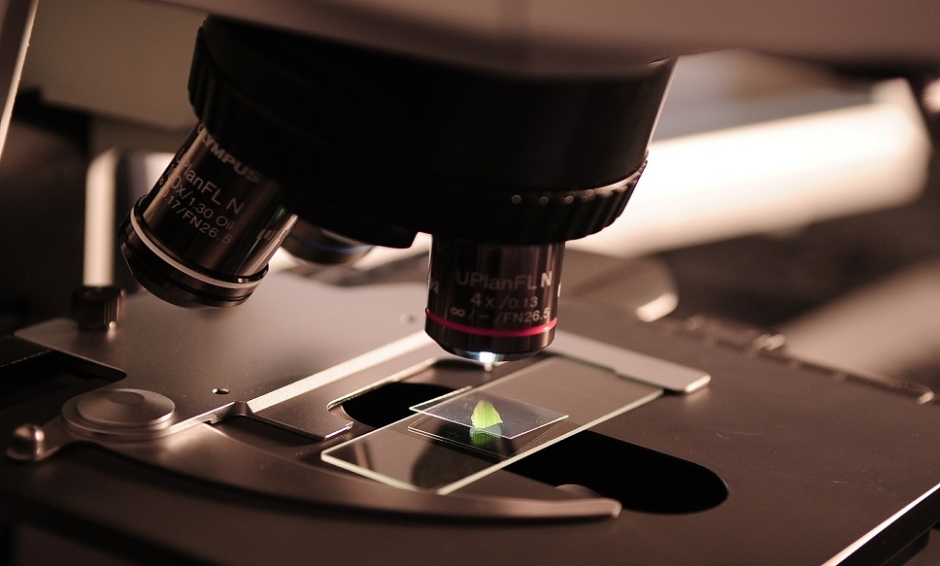SURVIVAL in patients undergoing renal replacement therapy could be improved by the utilisation of biomarker measurements, according to the results of a recent study. Currently, patients undergoing renal replacement therapy have a 90% survival rate 1 year after starting dialysis, which falls to 83% after 2 years. There are several factors that are currently believed to predict mortality: age, biochemical factors, glomerular filtration rate, and comorbidities and frailty related to kidney disease.
Building on this knowledge, this prospective follow-up study aimed to assess the association of a range of variables related to mortality in patients. The research team followed-up 189 patients for 1 year after beginning replacement therapy; biomarkers were measured at 6 and 12 months. The researchers considered a variety of variables: comorbidities, biochemical parameters, sociodemographic variables, aetiology of renal disease, prior renal transplantation, and prior nephrology service monitoring.
During the follow-up period, 6.87% of patients died. Sixty four percent of these deaths took place during the initial 6 months. The researchers assessed whether there was a correlation between any of the aforementioned factors and mortality, discerning that low albumin levels were the only variable that was independently associated with mortality.
The researchers noted that: “Findings of this study show the need to intervene on certain biochemical parameters during the pre-dialysis stage and at the start of dialysis in order to improve survival in this group of patients.” The researchers also disclosed the current state of practice, pointing out that: “Although most patients in this centre are monitored by a nephrologist prior to starting replacement therapy, many nevertheless fail to achieve the biochemical targets recommended.” This new finding that low albumin levels are associated with mortality offers an opportunity to intervene in patients presenting with low albumin levels. A potential direction for further research is to consider the nature of this intervention and, additionally, how measurement of this biomarker can integrate into current practice.
(Image: freeimages.com)






